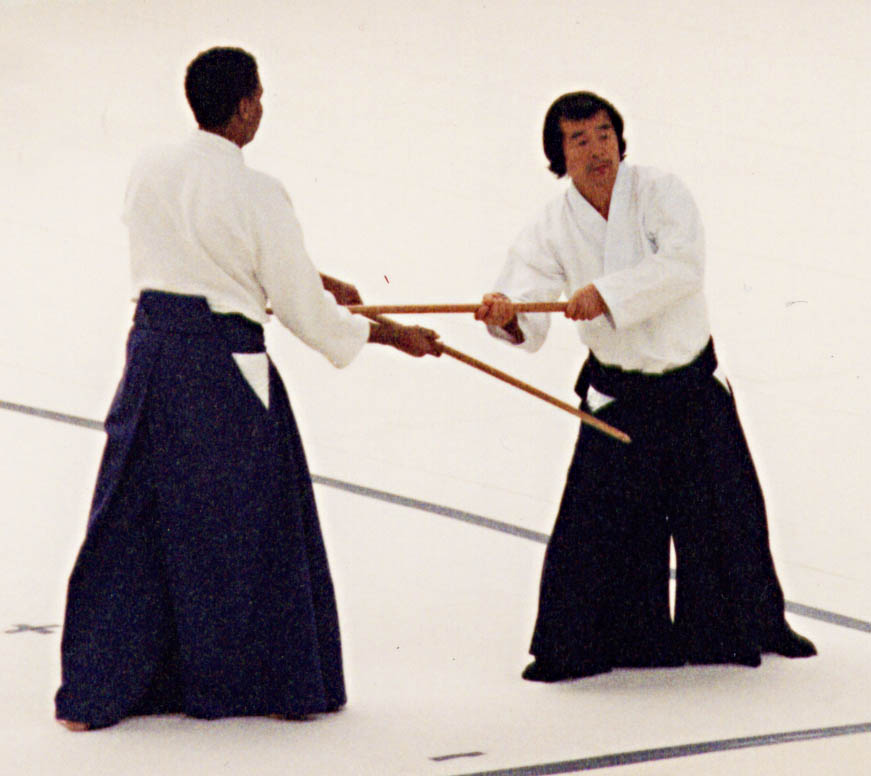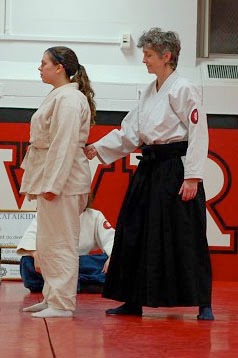Making Time for Play
I have to work hard to carve out time for practicing, and sometimes I lose track of the fact that I play music because I love playing. I don't know how it is for other people, but, especially when I'm playing alone at home, I have to remind myself sometimes to just play . Play for fun. Play for playing's sake. Sit on the front porch with my instrument and mess around. It makes me feel guilty to have free time and not use it to practice. So I tell myself that, yes, it's fun, but it will also help me improve. That makes it OK. Maybe I should just pay more attention to my cat...





